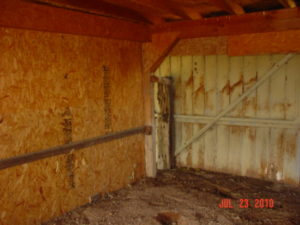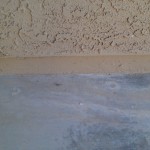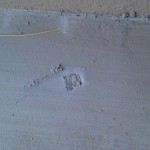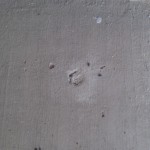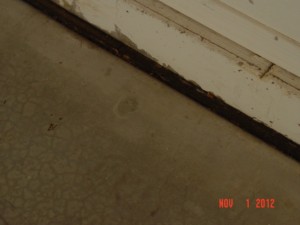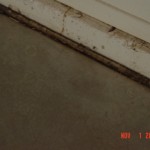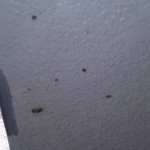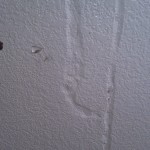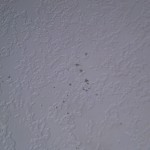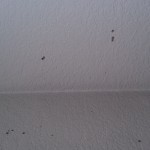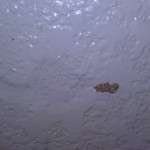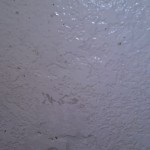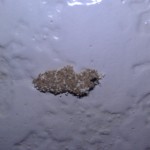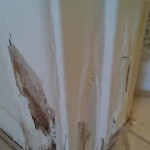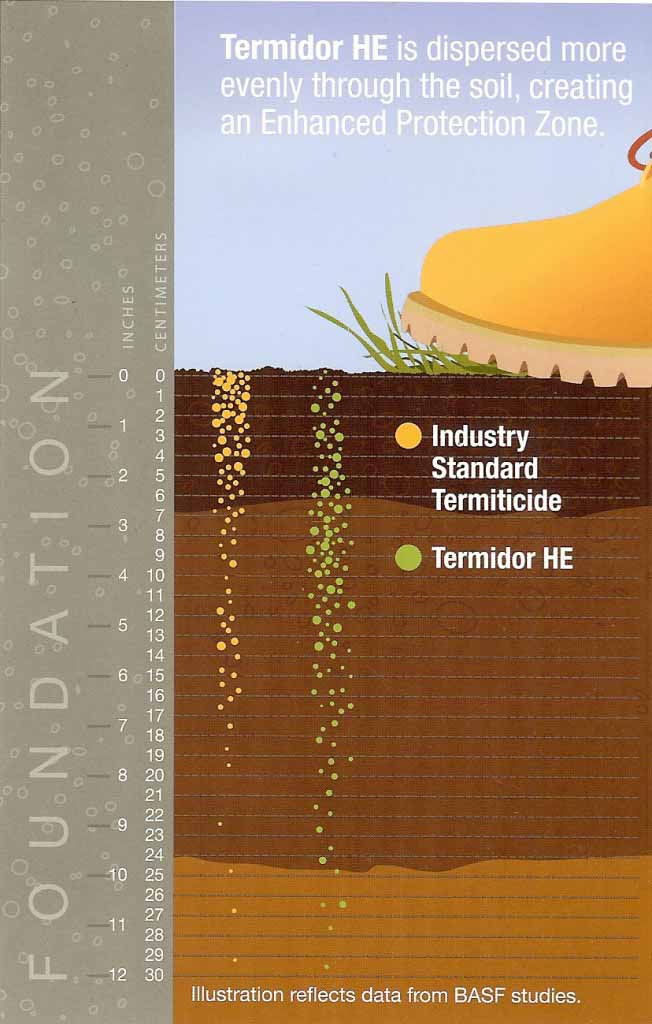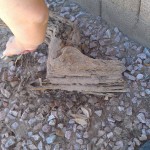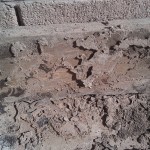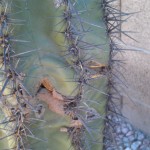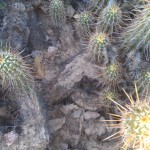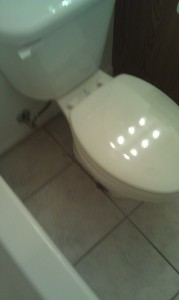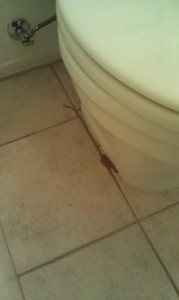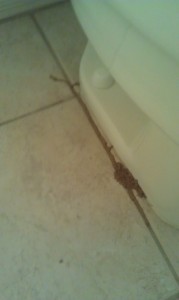Is there a difference between Patented and Generic Pesticides?
I think all of us understand savings but I want to address patented pesticide/termiticide and exactly what they are, and how they are different from generic or post patent offerings.
Patent pesticide/termiticide is thoroughly researched and tested before they are brought to the market place. This scrutiny is more aggressive (in some ways) and very similar to pharmaceutical grade products. Termiticides are tested at 4 sites across the U.S. and regulated by the USDA – Gulfport, MS, Tucson, AZ, Florida and South Carolina (USDA Report 2011) On average, it cost ~ $280 million from conception to shelf to commercialize a new pesticide. In addition to these R&D efforts, manufacturers conduct real world testing in various states with licensed Pest Management Professionals – such as ProBest Pest Management.
After a patent expires, generic companies purchase the rights to the active ingredients (ai) but are not entitled to the original pesticide formulation. This is critical because these formulation recipes are vital to product performance and stability. Similar to pharmaceuticals, inferior inert ingredients are often used in the manufacturing of these products. You may ask, how can these products be the same? The simple answer is, they are not. I prefer to deal with basic manufacturers such as BASF (Termidor & Termidor HE ) or FMC Corporation (Talstar & Transport). I trust their research and product stewardship and know that they would stand behind me if there was an issue. By the way, I’ve seen this in action. These companies also spend a great deal of time training your local Pest Management Professionals on how to use these products and incorporate them into various termite treatments and protocols.
So before you purchase that termite treatment, ask a few questions: What pesticide or termiticide is the Pest Company using? Why have they decided to use that pesticide? What are their call back rates? Now, I’m sure there are many out there that would argue, generics are just as good as the mainstay offerings however, my opinion I prefer true quality and security for my customers. How do you feel about these generics? I welcome your comments and concerns.



